Ask 10 different deer hunters for their favorite rifle, and you’ll likely get 10 different answers. With today’s market flooded with options, the confusion between caliber vs cartridge adds another layer of complexity to this age-old debate. Visit any shooting forum and you’ll find endless discussions on this topic, often with passionate arguments from all sides.

Let’s clarify some terms before diving deeper. Caliber refers specifically to a rifle’s bore diameter (like .243, .308, .375), typically measured in inches or sometimes millimeters. A cartridge is the complete round of ammunition with its industry designation (.243 Win, .308 Win, or .375 H&H). Then there’s bullet design, which refers to the projectile’s physical construction characteristics.
Some hunters focus primarily on caliber – wanting to know whether a particular bore size offers too much power, too little, or just right for their needs. Others care more about specific cartridge performance, while some hunters are mainly concerned with bullet construction. The answer isn’t as straightforward as it once was.
When someone asks me about the best deer rifle, I no longer jump straight to personal preferences. My approach has changed from immediately naming favorites to asking about their specific needs. What’s your target species? What’s your typical shooting distance? What terminal performance are you looking for? These questions help narrow down suitable options. While I might suggest a category of calibers, I focus more on recommending appropriate cartridges based on the hunter’s specific situation. Here’s why this distinction matters.
Choosing Calibers vs Cartridges: Understanding the Differences
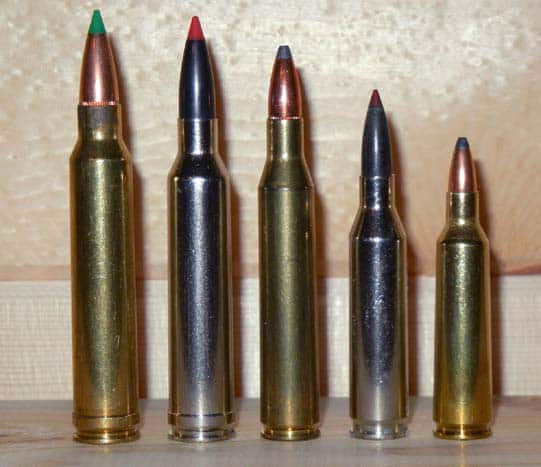
Not that long ago, rifle shooters favored a small handful of caliber choices. With few exceptions, traditional favorites like 30-06, .270, .308, .303, and .338 covered it all. Ammunition in these bore sizes was commonly stocked on the shelves at hardware stores and gun shops.
Any rifle found on a target range, the porch of a farmhouse, or in the closet of a hunter would typically be in one of these bore sizes. Recently, however, we’ve seen an increase in the popularity of other bore sizes. These include .243 and 6.5mm as good examples.
For starters, consider this. If you’re hunting medium to bigger game like northern Whitetails, mule deer, elk, moose, or large bears, chances are you’ll consider something with at least a .30 caliber bore. For smaller and medium-sized Coues deer, Blacktails, Whitetails, or even mule deer in the southern U.S. or Mexico, the .30s are great too, but you might consider a .277, .257, or even a .243 sized rifle.
Now, before you go shaking your head, understand that the second—and equally (if not more important part of the equation)—is your cartridge of choice. I’ve been remarkably successful taking an assortment of North American and African plains game and northern Whitetails with a .243 Winchester using a 95-grain AccuBond bullet.
Choosing Cartridges
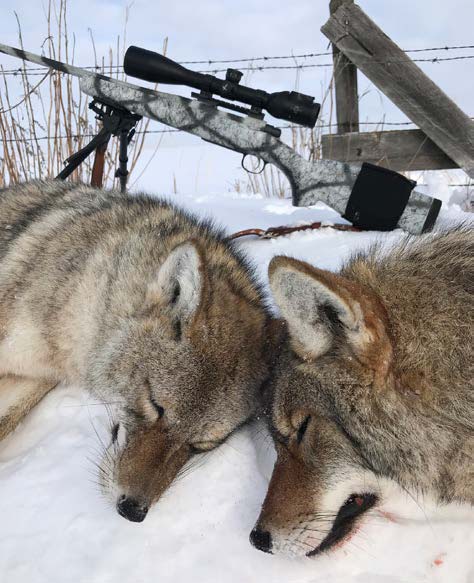
This reinforces the fact that firearms and ammunition have come a long way, especially over the last couple of decades. This is to such an extent that the age-old question of “which is the best hunting caliber, cartridge, or bullet?” is being bumped aside by highly specialized cartridges. So, to answer the “which one is best?” question, it’s important to consider both caliber and cartridge, how they interact, and the shooter’s end goal.
To be fair, each cartridge is designed for a certain purpose. Some, like the 6.5 Creedmoor, while initially designed for target shooters, have become popular among hunters.
Others, like the 204 Ruger, and 22 ARC, were designed for varmint and predator hunters, and it hasn’t moved an inch from that niche. As an example, consider the classic .30 caliber rifle bore. Winchester currently offers factory ammunition for 10 different .30 caliber cartridges (and that’s not all of them, by any means). Hornady’s handloading manual lists data for 24 cartridges in this bore size.
When debating cartridge vs caliber, many hunters get confused about which factor deserves priority. While caliber selection matters, your specific cartridge choice often has a greater impact on hunting success. The options can be overwhelming – belted, rimmed, bottleneck, straight wall, long or short cases all offer different advantages.
Today’s high-tech ammunition market requires some research, but finding the right match is simpler if you focus on what really matters for your hunting situation. If you’ve already settled on a caliber that’s reasonably suitable for your target species, pairing it with the right cartridge design will deliver the performance you need. The key is understanding which specific parameters matter most for your hunting style and environment.
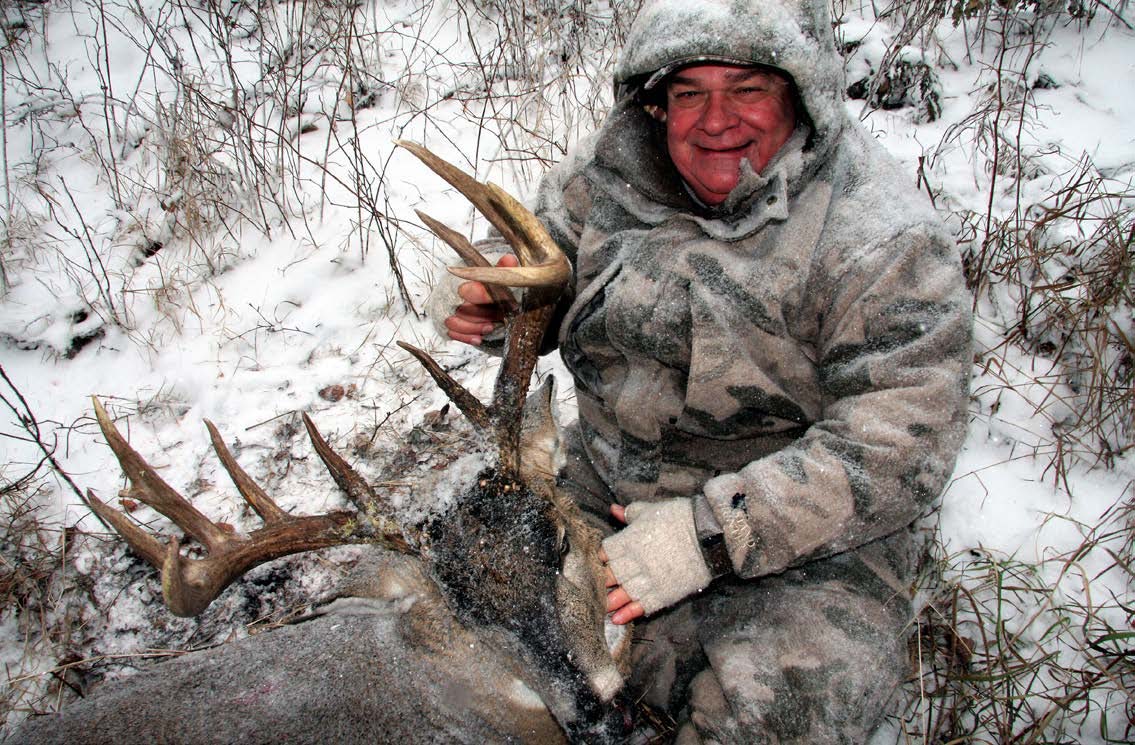
Bullet Design
Few hunters have a clear understanding of the immense range of bullets on the market. When comparing caliber vs bullet options, it’s easy to get overwhelmed. Terminology like X-bullet, Partition, Ballistic Tip, Bonded, Core-Lokt, A-Frame, Fail Safe, Soft Point, Solid, and many more dominate today’s ammunition marketplace.
Frankly, it makes my head spin just thinking about it. To make an informed decision about bullet design, always consider your specific application. Which deer species are you planning to hunt? What are your likely shooting distances? And what muzzle velocity is your rifle/cartridge combination capable of delivering? These practical questions will guide you better than simply focusing on technical specifications alone.
Just like rifle cartridges, today’s bullets are designed for specific applications. Some are made to expand violently, others to retain their mass. Some are created to retain velocity over distance and minimize crosswind influence. Others are built solely for accuracy. While bullets are improving all the time, no manufacturer to date has been able to design the ultimate bullet that’s perfectly suitable for every mission.
Peruse the ammo shelves at your local gun shop and the selection can be overwhelming. Even if you reload, you still have to choose your components. All manufacturers have their own versions of what works best. Companies like Barnes, Federal, Winchester, Remington, Norma, and Hornady have unique and sometimes shared designs on the shelf.
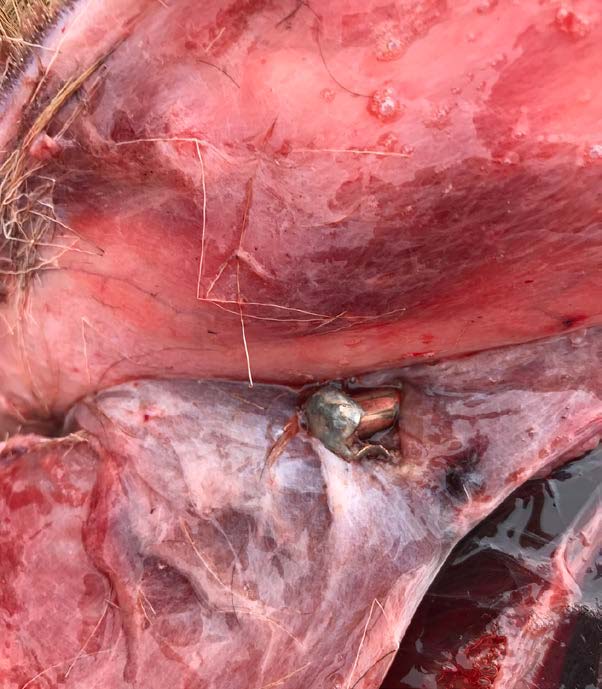
|
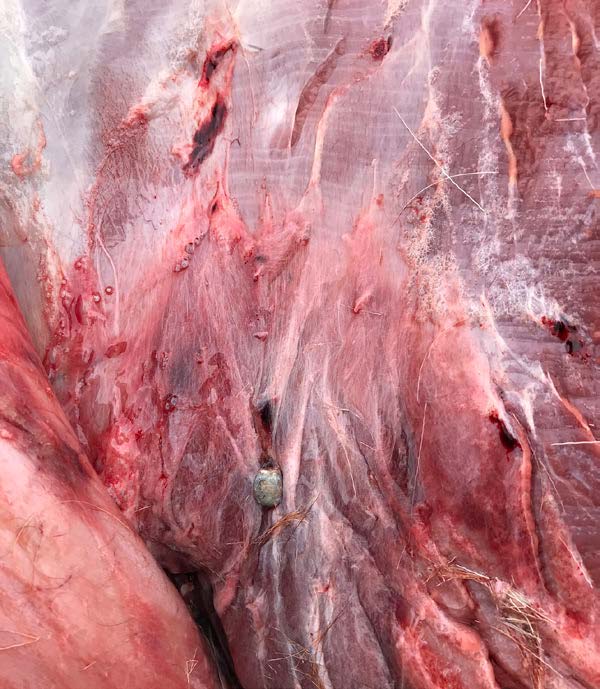
|
| Among the author’s personal favorite big-game cartridges, are Winchester’s AccuBond CT, Supreme Elite, and Power Max Bonded bullets. | |
The following list details my personal favorite expanding bullets for medium to large-sized deer:
- Barnes X: This bullet has a reputation for penetration while retaining its weight after
- Nosler Partition: A great choice for hunting most North American deer species, partition bullets have just that—a partition of material between the front and rear core sections of the bullet. This partition serves to stop expansion and enhance
- Nosler Ballistic Tip: Spitzer projectiles, these popular bullets use colored plastic tips to cause rapid expansion of their lead alloy
- For big game like deer, elk, moose, and wild sheep, bullet mass retention is key.
- Remington Core-Lokt: A venerable bullet with Remington ammunition, the Core-Lokt boasts an internal lip that holds the lead in This bullet has a reputation for consistent penetration and mushrooming after impact.
- Sierra Game King: This bullet is known for its accuracy and quick expansion. It is one of the preferred bullets among deer hunters.
- Swift A-Frame: This bullet has a bonded core and a wall of jacket material designed into its mid- section to keep the nose from coming apart after It is known for punching a broad hole upon impact, retaining almost all its weight, and having a consistent mushroom.
- Trophy Bonded Bear Claw: A lead-core bullet, the Trophy Bonded Bear Claw also has a reputation for retaining almost 90% of its initial weight.
- Winchester AccuBond: This design combines the ballistic tip concept with a bonded lead alloy core and is known to retain 60-70 percent of its weight after impact.
Cartridge vs Caliber: Weight
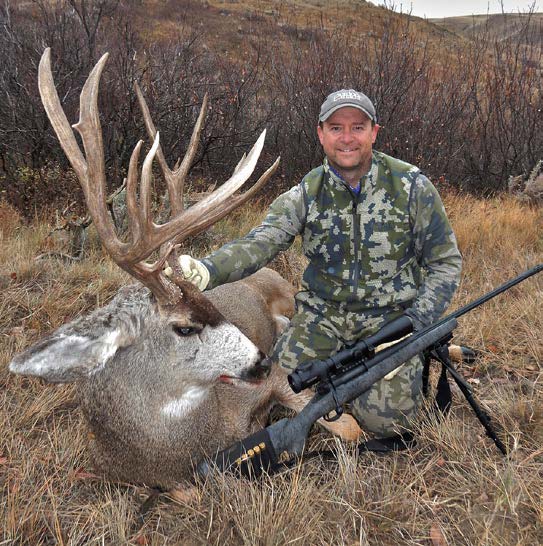
If you’re not confused enough by now, here’s another question. What grain-weight bullet should you choose?
Simply speaking, the lighter the bullet, the faster it flies. And within any given category, lighter bullets are usually intended for the smaller game suitable for that caliber of firearm. By comparison, heavier bullets are designed for use on bigger species that the same caliber is used to hunt.
For instance, a 30-06 Springfield loaded with a 125-grain soft point may be fine for coyote control; it is overkill if preservation of the fur is the end goal. At the other end of the spectrum, a heavier 180-grain Nosler Partition bullet out of that same cartridge would be better suited to hunting big Whitetails, mule deer, elk, or moose.
I’ve experimented with many cartridges over the years and have settled on a few personal favorites. For coyote and wolf hunting with my 22-250 for instance, I like Winchester’s Varmint-X 58-grain polymer tipped bullet. For northern deer and elk, I like to use a 7mm Remington Magnum with the 160-grain Accubond CT. This bullet is fast, flat, and consistently retains its mass. Most often, I’ll find the bullet lodged just under the skin on the opposite side of the body from the entrance wound.
Test it at the Range
Regardless of which caliber and cartridge combo you choose, be sure to test them at the range long before you plan to hunt. You’ll learn how they perform only by shooting at different distances and even different targets. Remember, not every rifle likes every brand of cartridge. You may have to test a few factory offerings before settling on the one that works best in your rifle. Strive to find the balance between accuracy and terminal performance.
If you’re not sure where to begin, don’t be shy about talking to other hunters and the staff at your local sporting goods store. Remember, everyone has an opinion. It’s up to you to sift through all the information and determine which caliber, cartridge, bullet design, and weight will work best for your application.
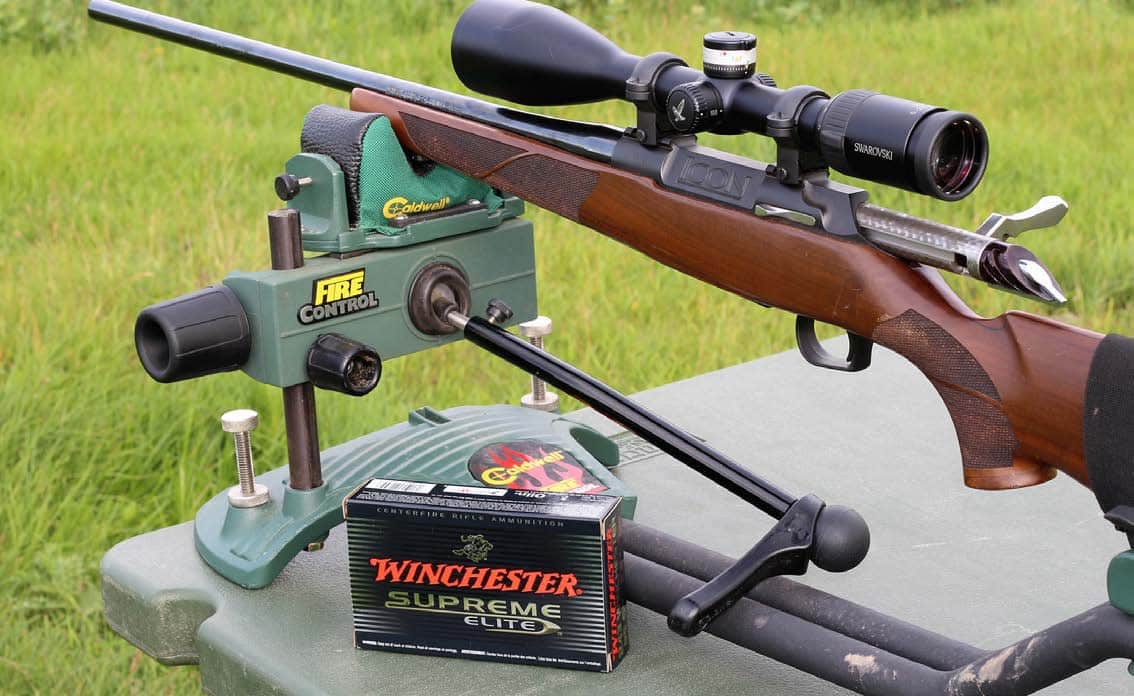
Caliber vs Cartridge: What Do You Think is More Important?
In the end, the decision is yours. I know hunters who are fixated on the cartridge, but I lean much more toward bullet choice. Shot placement and bullet performance are, in my view, the most important factors. If your equipment is dialed in, you understand the cartridge ballistics, and you know where it shoots, the rest will fall into place.
Per our affiliate disclosure, we may earn revenue from the products available on this page. To learn more about how we test gear, click here.





